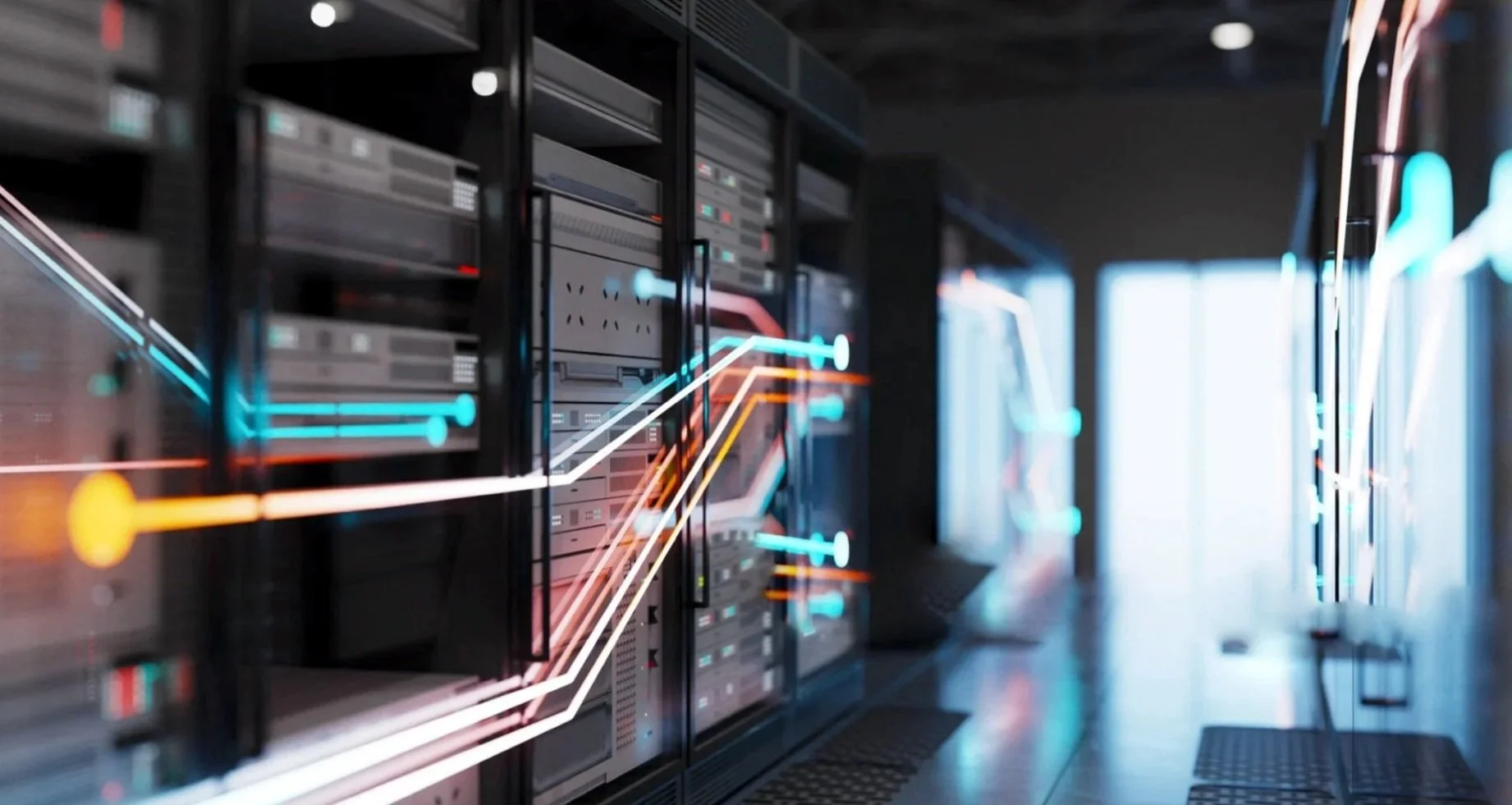
Business Continuity: Why It Matters and How to Build a Resilient Plan
Business Continuity - How to Minimize disruption, safeguard assets, protect reputation, and ensure compliance.

What Are the Benefits of a Firewall?
Firewalls are a foundational component of any cybersecurity strategy. Acting as a gatekeeper between internal networks and external threats, they deliver several essential benefits that help organizations protect their data, operations, and reputation.

Why Firewalls Are Essential for Every Business?
In today’s interconnected business landscape, enterprises face greater exposure to potential threats than ever before. This article explores how firewalls serve as a critical barrier between secure internal networks and potentially untrusted external sources—and how effective they can be in safeguarding your systems.


